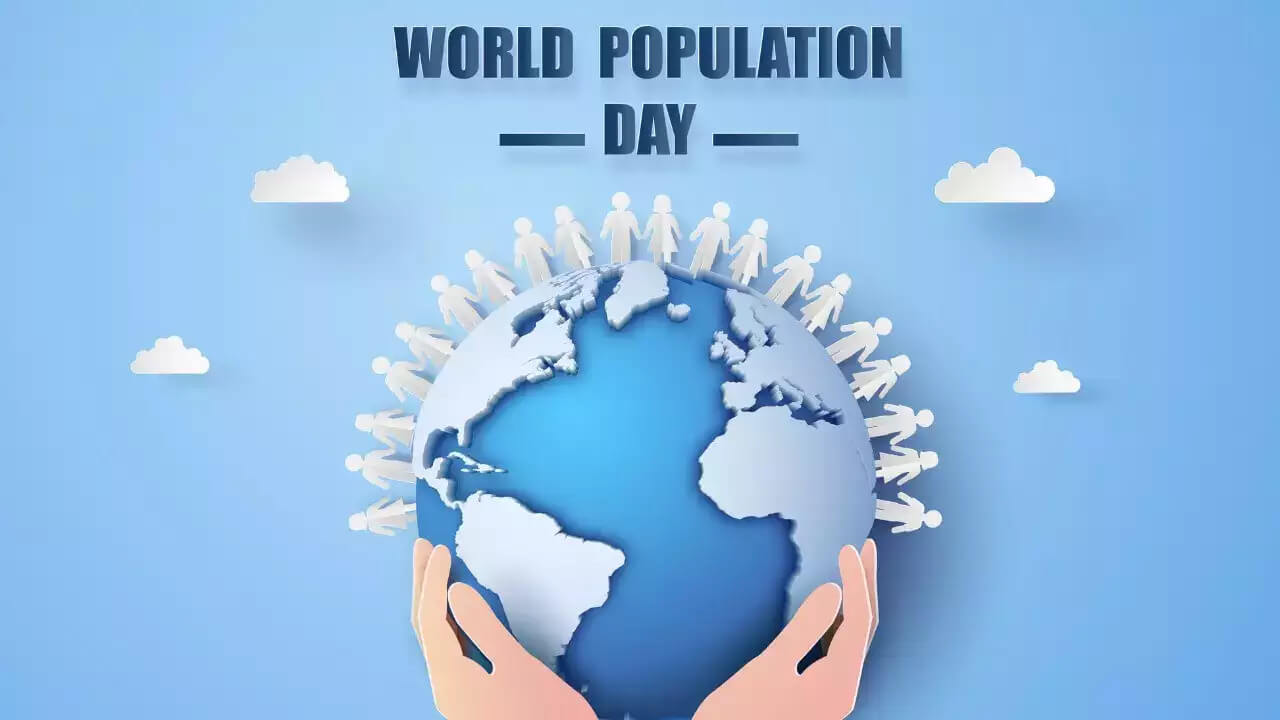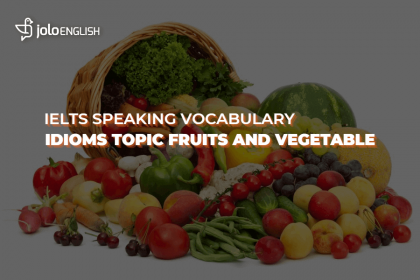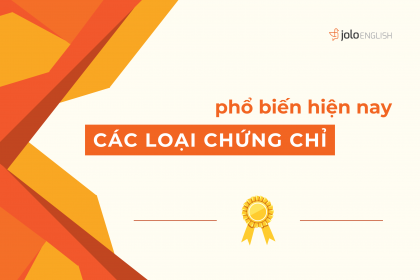Observed every year on July 11, World Population Day sheds light on global population trends, challenges, and solutions. In this English reading passage, JOLO English will help learners explore its history, significance, and impact on our world.
Introduction to World Population Day
World Population Day, celebrated annually on July 11, is a global observance established by the United Nations. It draws attention to critical issues related to population growth, such as health care, gender equality, education, and sustainability. Initiated in 1989, the day serves as a call to action for governments, institutions, and individuals to recognize the importance of managing population growth wisely and ethically.
The idea for this day came after the world’s population reached 5 billion on July 11, 1987. This milestone inspired discussions on the impact of overpopulation and the importance of awareness and education regarding demographic trends. Since then, the day has been used as a platform to discuss urgent concerns like reproductive rights, urban development, and climate change.

The Significance of World Population Day Today
As global demographics shift rapidly, World Population Day remains as relevant as ever. The world surpassed 8 billion people in 2022, a reminder of both human progress and global challenges.
Population Growth and Its Global Impact
Population growth affects nearly every aspect of our lives from food supply and housing to healthcare systems and education access. Rapid growth can lead to overcrowding, resource scarcity, and pressure on infrastructure. In contrast, declining populations in some countries raise concerns about aging societies, shrinking workforces, and economic sustainability.
Many developing countries experience high birth rates, while developed nations face declining fertility and increasing life expectancy. These contrasting trends present complex challenges in ensuring fair access to resources and balanced development.
Reproductive Health and Family Planning
One of the key themes of World Population Day is promoting access to reproductive health services. Ensuring that individuals, especially women have access to contraception, family planning, and education helps reduce unplanned pregnancies and improves maternal and child health outcomes. Empowering women through education and healthcare contributes to lower birth rates and improved quality of life across communities.
The Role of Governments and Global Organizations
Efforts to address population-related issues must be collective. Governments, NGOs, and international organizations have launched various programs to manage demographic trends and raise awareness.
Policy Initiatives and Sustainable Development
Many countries implement population policies as part of their sustainable development goals. These include education campaigns, free access to contraception, and incentives for smaller families. For example, Bangladesh has successfully reduced its fertility rate over the past few decades through a combination of education and accessible healthcare services.
At a global level, the United Nations Population Fund (UNFPA) plays a central role. It works with countries to promote sexual and reproductive health, reduce gender-based violence, and collect demographic data to guide policy decisions.
Public Awareness and Advocacy Campaigns
Public campaigns on World Population Day are vital in educating communities. These campaigns may include school programs, social media activities, seminars, and publications. The goal is to spark discussion on topics such as teenage pregnancy, early marriage, and the right to family planning.
Such efforts are particularly important in rural areas, where access to education and health services is limited. By making population issues more visible, advocacy can influence attitudes and encourage responsible behavior.
Why Students Should Learn About World Population Day
Incorporating World Population Day into English reading materials offers dual benefits: enhancing language skills and raising global awareness.
Learning Academic Vocabulary and Concepts
Reading about population topics introduces students to a rich set of academic vocabulary. Terms such as “demographic transition,” “fertility rate,” “urbanization,” and “reproductive rights” are commonly used in exams like IELTS, TOEFL, or SAT. Mastery of such vocabulary boosts reading comprehension and improves performance in language tests.
Moreover, the structure of these reading texts helps students recognize how arguments are formed, how data supports ideas, and how to critically analyze complex issues. These are essential skills for academic success and informed citizenship.
Developing Global Citizenship and Critical Thinking
Understanding population issues fosters empathy and global thinking. Students begin to appreciate how different regions face unique demographic challenges and how these challenges are interconnected. They also learn that sustainable development requires cooperation between countries and individuals.
This knowledge equips young people to participate in meaningful conversations about the future whether it’s about environmental sustainability, gender equality, or economic planning.
World Population Day is not just an observance, it is a mirror reflecting the hopes, fears, and responsibilities of our global society. By reading and learning about its themes, students gain more than vocabulary; they gain insight into the challenges that will shape their futures. Understanding population dynamics is a key step toward creating a more equitable, sustainable world for all.
Hãy đến với JOLO English ngay hôm nay để trải nghiệm các khóa học và thi thử trên máy cùng AI! Liên hệ ngay với JOLO tại https://hoc-ielts.jolo.edu.vn/ hoặc qua hotline 093.618.7791 để bắt đầu hành trình của bạn!
XEM THÊM:
Đâu Là Thời Điểm Thích Hợp Cho Con Học IELTS?
Kỳ Thi IELTS Trên Giấy Chính Thức Bị Loại Bỏ Tại Việt Nam
Những Lưu Ý Quan Trọng Khi Thi IELTS Trên Máy
Con yếu Tiếng Anh có học được Trường Quốc Tế không?























